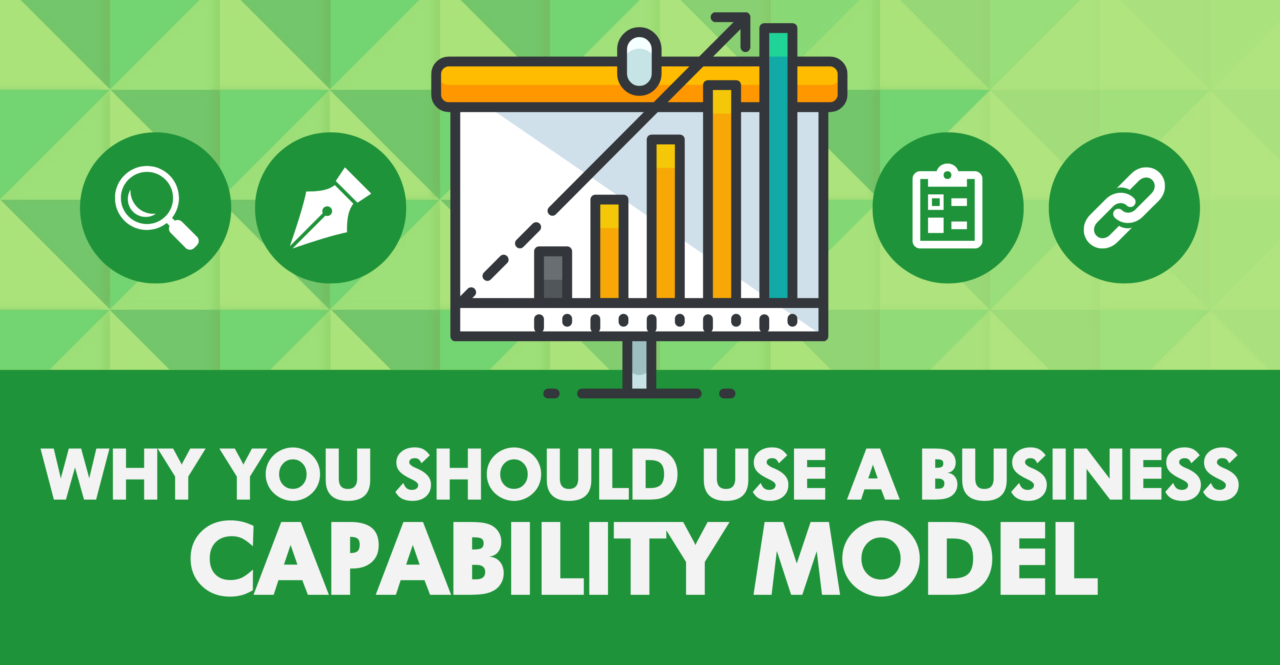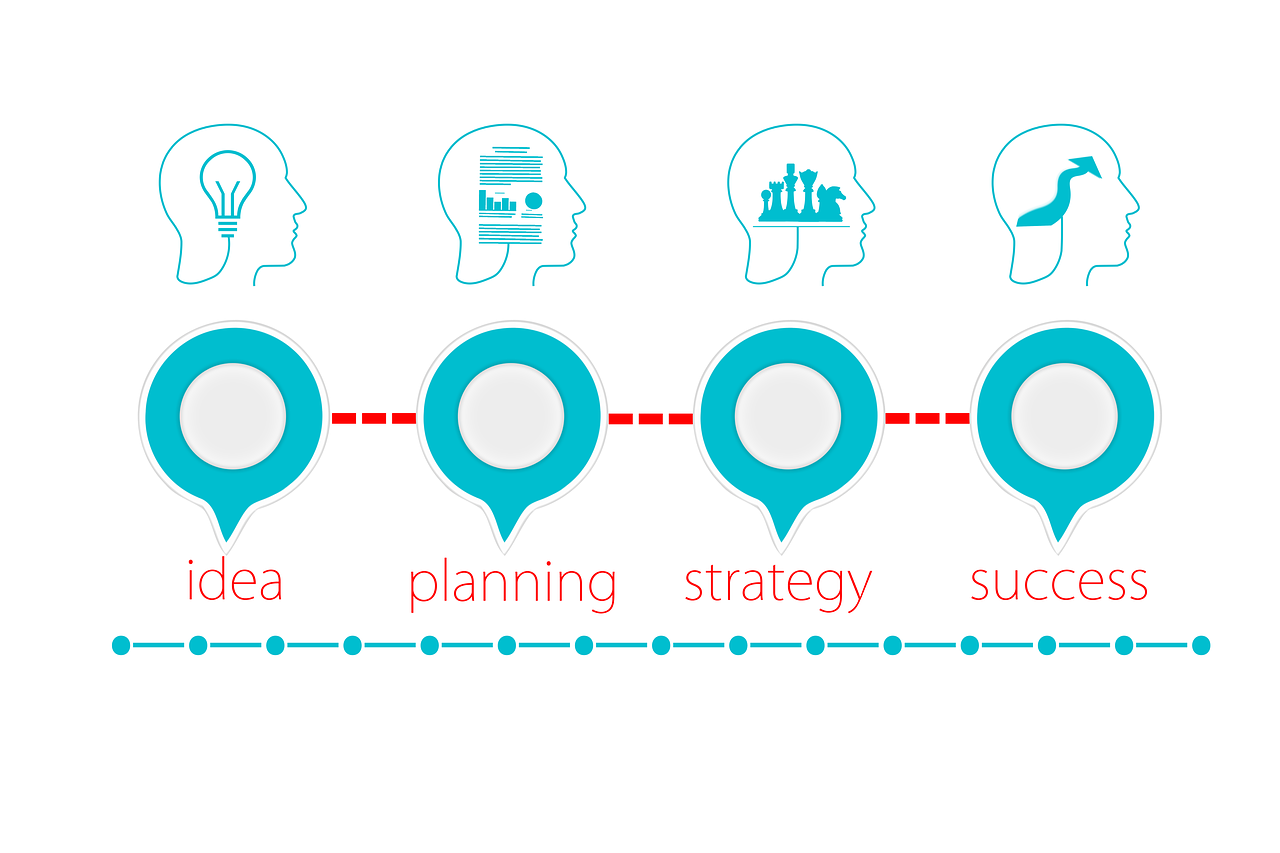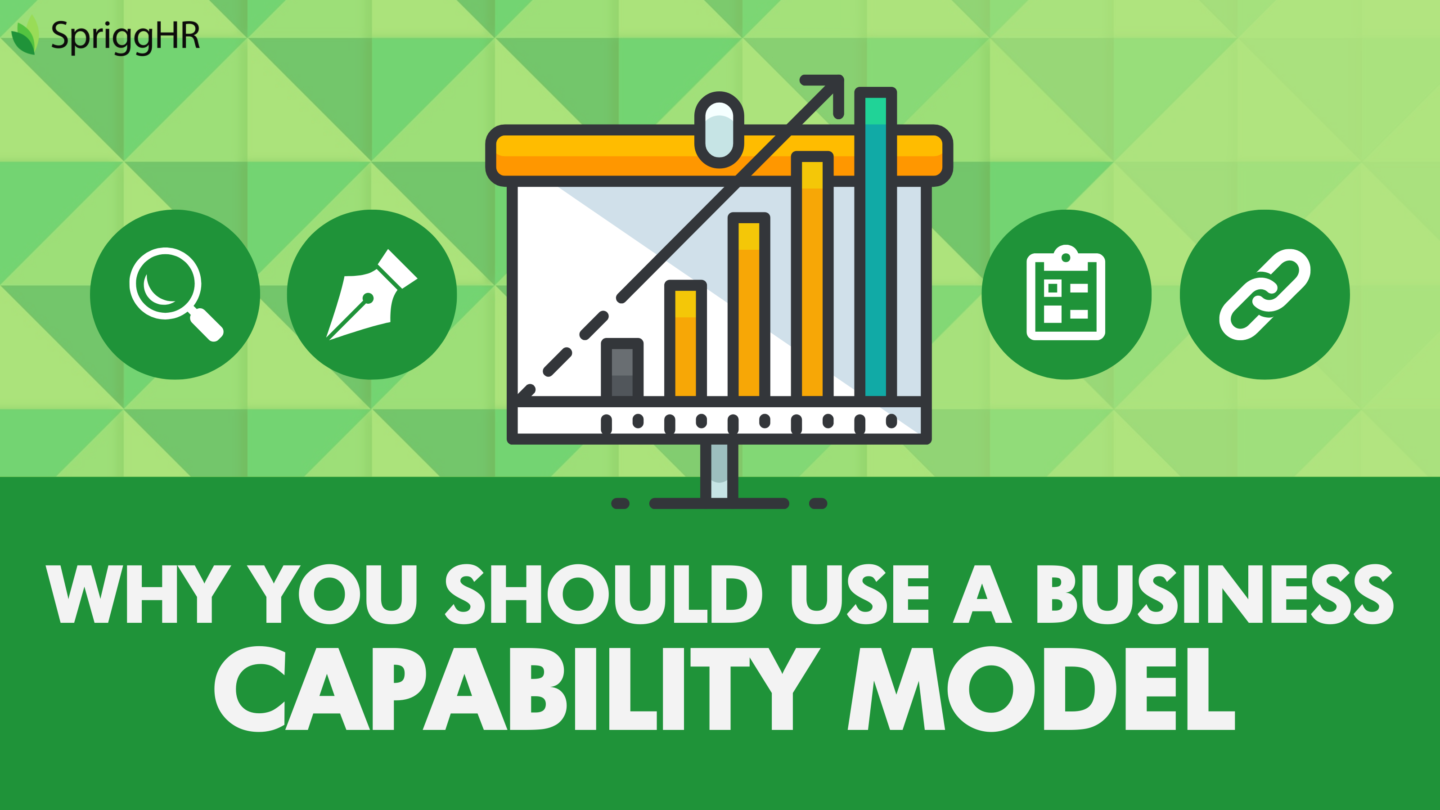
Why You Should Use A Business Capability Model
The Business Capability Model is a unique tool used by the architects of enterprises globally, working to outline the overarching needs of their organization in order to better strategize IT solutions that satisfy their business needs.
What is a Business Capability Model?
A Business Capability Model is, at its core, an integrated and comprehensive set of business capabilities. It is one of the integral architectural deliverables in any organization, bridging the gap between business and IT, and acting as a foundation for enterprise transformation. Business capability modeling is a technique used specifically for the representation of a company’s business anchor model, independent of the organization’s general structure, processes, staff, or domains.
Business and enterprise architects construct business capability models as a component of the overall business or enterprise architecture mandate. These models then act as a tool for architects, enabling the discussion of strategic investment (or divestment), with the Business Capabilities as a structural element uncovering the organization’s IT redundancies.
Delivering architectural value to your stakeholders can take many forms, and one key method is simplicity and the ability to clearly illustrate the company’s organizational story. Business capabilities are modeled in the business conceptual layer, representing what the business does (or needs to do) in order to fulfill its objectives and responsibilities.
How Does a Business Capability Model Work?
Business capabilities are the attributes that sit at the top layer of the business architecture. They belong to a business domain, governed by the business principles and outcomes of the organization. These capabilities are realized by a combination of business process, staff, and technology.
In order to understand the full function of a business capability model, distinguishing the following key terms is necessary:
- Capability: represents what the organization can do.
- Function: represents what the organization is doing with that capability.
- Process: identifies how the organization is performing the function.
- Organization Unit: identifies the department responsible for performing the process.
Much like a blueprint seeks to illustrate what construction will look like; a business capability model aims to describe how an organization will ideally operate through its constituent parts. All organizations, no matter the size, function using a series of inter-operating business capabilities. In modern companies, these capabilities can be numerous and highly complex, and are becoming increasingly integrated and automated through technological developments.
We now understand a business capability to be an elemental building block of what a business does or can do. It is an abstraction of the underlying functionality and flows of an enterprise. An agglomeration of a cluster of underlying capabilities is ultimately what manifests a product, service, platform, business unit, department, and the enterprise itself.
By amalgamating the abstract guiding principles of the capabilities of a business, turning them into a systematic model, organizations can provide an overarching view of what is ultimately important to the business. The specific benefits reaped by a business capability model include, but are not limited to:
- Providing a common language. They are used to align broad business objectives with processes, which are then enabled via IT.
- Being organizationally neutral. Changes in the organization and its structure do not impact prior analysis.
- Identifying what is strategically important for the enterprise. Strategic themes and performance metrics can be measured against business capabilities (e.g.; Balance Scorecard), providing a visual tool to help facilitate corporate decision making.
- Helping to focus improvement opportunities. They help to prioritize process and system improvement efforts by linking them to the capabilities that need the most improvement or the greatest strategic impact.
- Accurately depicting a program’s scope. They map out program objectives against capabilities, producing a more complete and accurate picture of the true scope of the program.

How Do I Build a Business Capability Model?
There are two general approaches to building your own capability model.
Create a home-grown / company-specific model.
This involves a cross-functional team of experts gathering in order to define the model for themselves and the enterprise specifically. Usually, the team will be comprised of business architects, enterprise architects, process owners, product owners, functional specialists from departmental areas such as Human Resources, Finance and Accounting, Marketing and Sales, and so on. Then, through a series of facilitated workshops, the team eventually comes up with a business capability model.
This process can take months, and even longer in larger companies. However, the advantage of creating a business capability model from scratch is that it is organization-specific, and the process can be cathartic for those involved. Additionally, considering the many rounds of consensus-building that must take place, the established business capabilities have a greater chance of being used in real cases across the entire organization.
Straw-model or sample reference approach.
A sample business capability model template accelerates modeling efforts, reducing the time, energy, and cost of constructing one from scratch. A sample/straw model-centric approach minimizes the extraneous efforts, cuts down the completion time, reduces internal friction, and allows the teams to focus on the specific parts that may be important to the enterprise, rather than the larger portion of minutiae and peripheral capabilities that may not have as much importance in the long-run.
Build a Business Capability Model in 4 Steps
1. Understand the Needs.
Know where your company is heading, and how internal technology can help it reach that point. If the IT department is at a loss for where the enterprise is ultimately heading, it is impossible to make supporting decisions. Reviewing the company’s strategy and goal documents, and even involving people that define the strategy, should be the first step in creating a business capability model.
2. Define Your Business Capabilities.
Consider the major capabilities your enterprise needs to operate in terms of a hierarchy. On the top-tier level, there should only be a handful of very critical capabilities. Once those are outlined, think from the top-down (what the company wants to achieve), as well as from the bottom-up (what organization, processes, and people are already in place).
3. Assess Your Business Capabilities.
Not all business capabilities will be equal in terms of their value to the stakeholder and their long-running financial impact. Assess the capabilities in place, categorizing according to defined criteria as a basis for later analyses and planning.
4. Link Capabilities to Applications.
This is what creates the bridge between business and internal technology. Applications, unlike actual IT components, are always linkable to a specific organizational purpose. Business users work with them in order to establish value. Because of this, applications can act as a communication highway between business architecture and technology architecture. A strong way to illustrate this would be to depict your established business capabilities as the headings in nested boxes, each of which contains the assigned applications to that capability.
A Business Capability Model Can Be A Competitive Advantage
Business capability refers to the expression or the articulation of the capacity, materials, and expertise an organization needs in order to perform its core functions and reach its guiding objectives. By implementing a business capability model into your organization, your enterprise can achieve sustainable organizational results, including:
- Encapsulating what your organization is accomplishing right now and outlining what needs to be done to meet current and future challenges.
- Defining “what” the business does, rather than “how” it does it.
- Providing a common basis for discussion and planning.
- Providing a clear link between strategy and execution.
- Involving the appropriate stakeholders to help define the strategy,
- Carrying out highly organized mergers and acquisitions.
- Accurately defining roles within the business.
- Managing mergers, assessing risks, and preparing for innovative endeavors.




